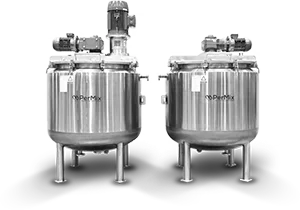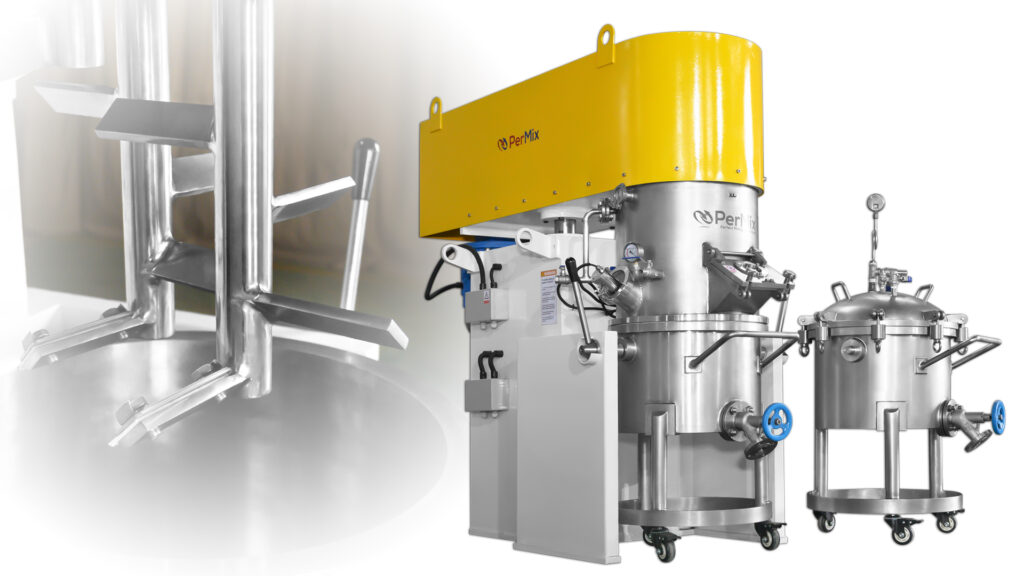Industrial Mixers
PerMix News & Updates



Double planetary mixers are often used in the pharmaceutical, food and chemical industries. They are ideal for mixing, granulating, and drying a range of products. In this blog post, we will discuss the principles of using double planetary mixers for granulating and drying.
Double planetary mixers are a variation of the traditional planetary mixers. The mixer has two sets of blades, one set rotates around a central shaft, while the other rotates about its own axis as it moves around the central shaft. This creates a more uniform mixing action than with traditional planetary mixers, which can help speed up the granulating and drying process.
Granulating is the process of forming small particles from a bulk material. The small particles are then typically dried and further processed. Granulating in a double planetary mixer is done by adding a binding agent such as a liquid or a powder. The binding agent helps bind the particles together, forming small granules. The granules can then be dried, which helps preserve their shape and size.
Drying involves removing moisture from a material. In double planetary mixers, this is typically done by applying heat. The heat is typically generated by a heating jacket around the mixer, or by using a vacuum system. The heat helps evaporate the moisture, which allows the material to be dried and processed.
Advantages of granulating and drying in a double planetary mixer include:
Disadvantages of granulating and drying in a double planetary mixer include:
In conclusion, double planetary mixers are an excellent choice for granulating and drying a range of products. They provide a faster and more uniform mixing action, as well as the ability to apply a binding agent and adjust the heat and vacuum levels. While they require a higher initial investment and more complex control system than traditional planetary mixers, these disadvantages are offset by the increased efficiency and accuracy of the mixing and drying process.
